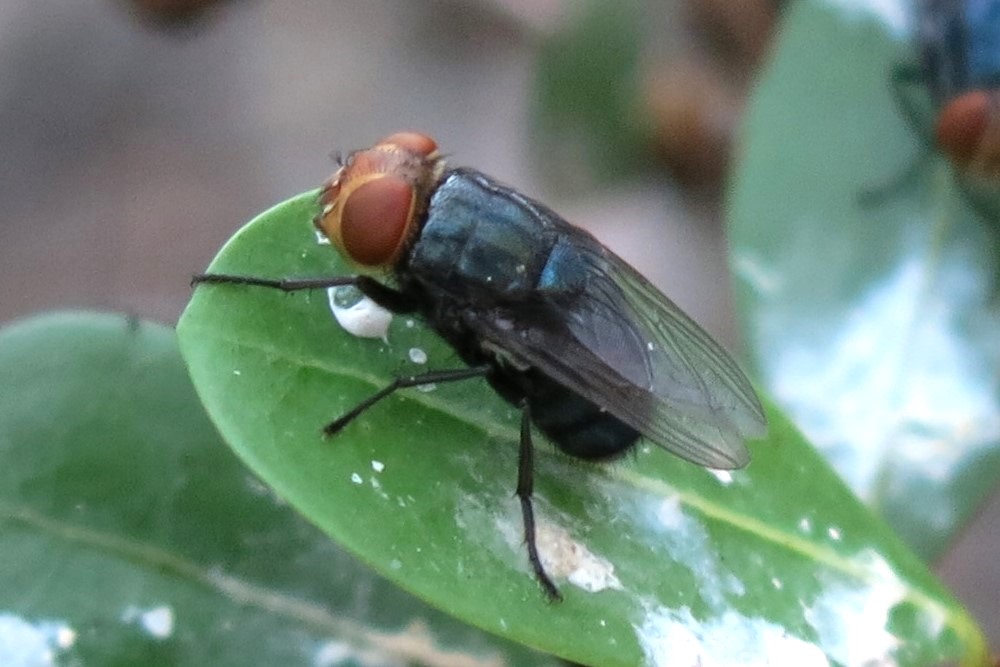New World Screwworm Likely to Appear in US This Summer, Says NCBA

It’s no longer a question of whether we’ll see a return of New World screwworm in the U.S.—but a matter of when. That’s according to Colin Woodall, CEO of the National Cattlemen’s Beef Association (NCBA)
He believes the screwworm, a parasitic pest, is likely to cross the southern border of the United States later this summer.
The New World screwworm is a fly that has a gory way of harming cattle. The female flies lay their eggs in open wounds or body orifices and when the larvae hatch, they burrow deep into the skin like a screw driving into wood. These NWS maggots feed on cattle’s tissue, causing much larger wounds as they go.
The pest was found in the U.S. in the early-to-mid 1900’s. USDA initiated a sterilization program that eradicated screwworms in the U.S. back in 1966.
Researchers actively worked to push down that pest out of the United States, and then out of Mexico, and then through Central America and down to Panama. However, the pests have recently been spreading across Central America. Late last year, screwworms were discovered a cow in the southern Mexico state of Chiapas, at an inspection checkpoint close to the border with Guatemala. That led U.S. officials to temporarily ban the import of live cattle, horses, and bison from entering the U.S. along the border with Mexico for fear of bringing the pest back into the country.
Last December, USDA under the Biden administration authorized $165 million in emergency Commodity Credit Corporation (CCC) funding to protect U.S. livestock from New World screwworm.
In May, U.S. Secretary of Agriculture Brooke Rollins brought back the immediate suspension of live cattle, horse, and bison imports through U.S. ports of entry along the southern border due to the continued and rapid northward spread of New World Screwworm (NWS) in Mexico, which were detected in remote farms with minimal cattle movement as far north as Oaxaca and Veracruz, about 700 miles away from the U.S. border.
Rollins told the House Ag Committee last week that she will make a major announcement soon concerning the next preventative steps by USDA.
